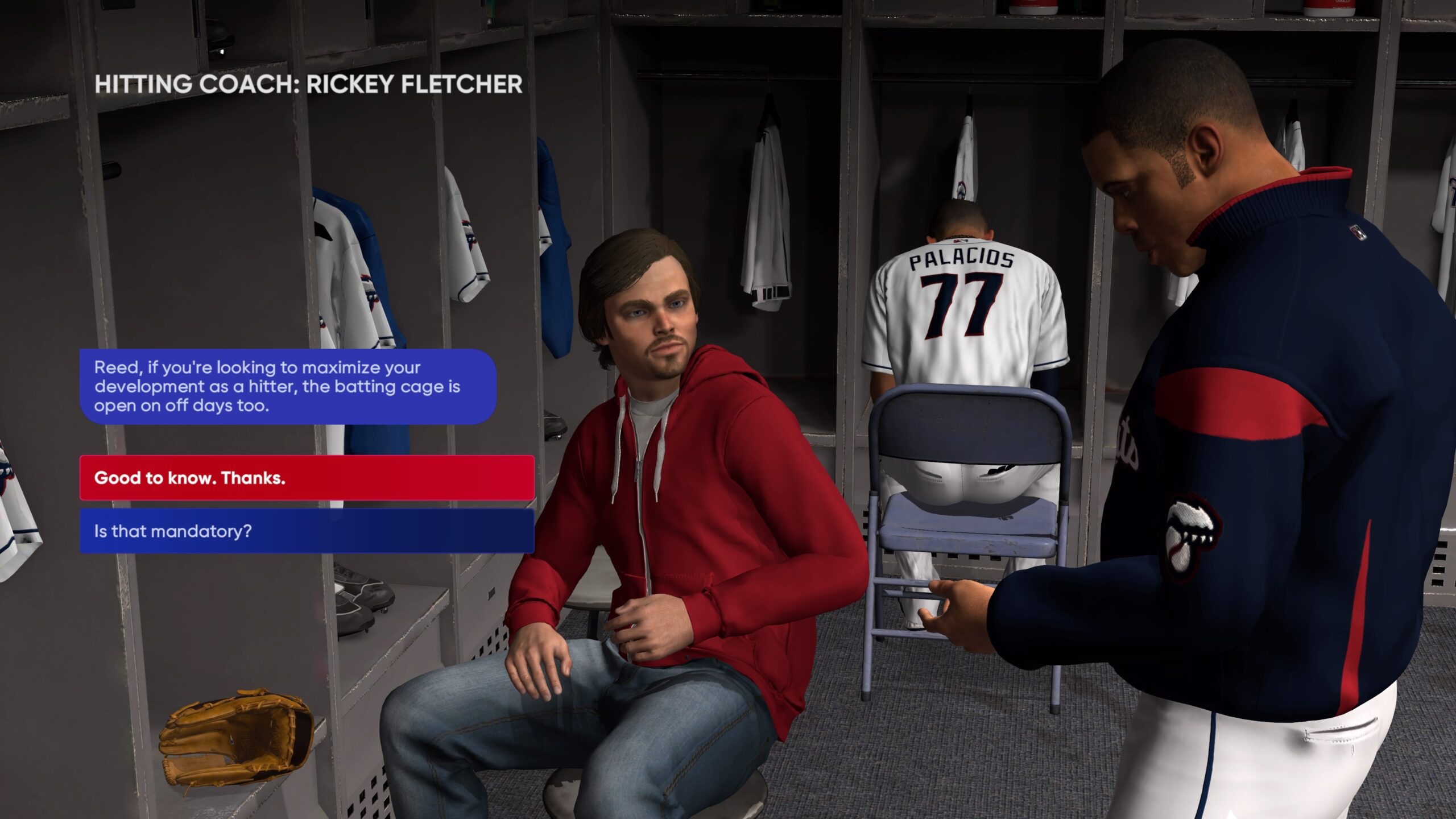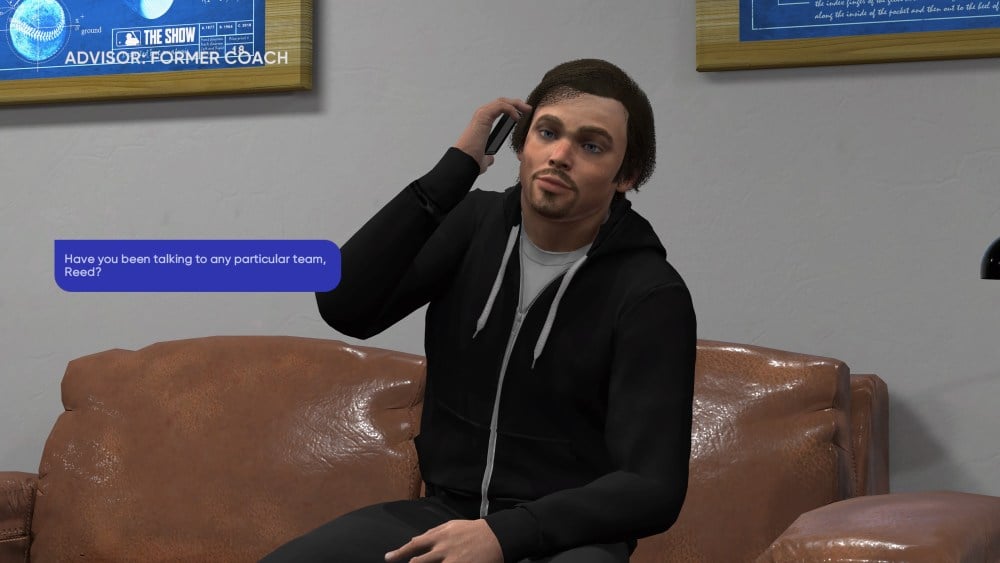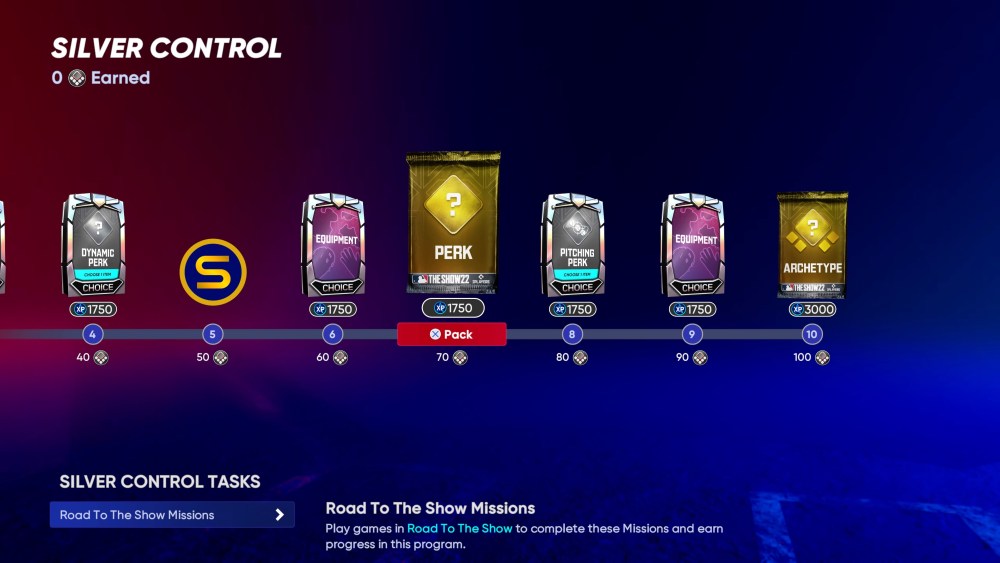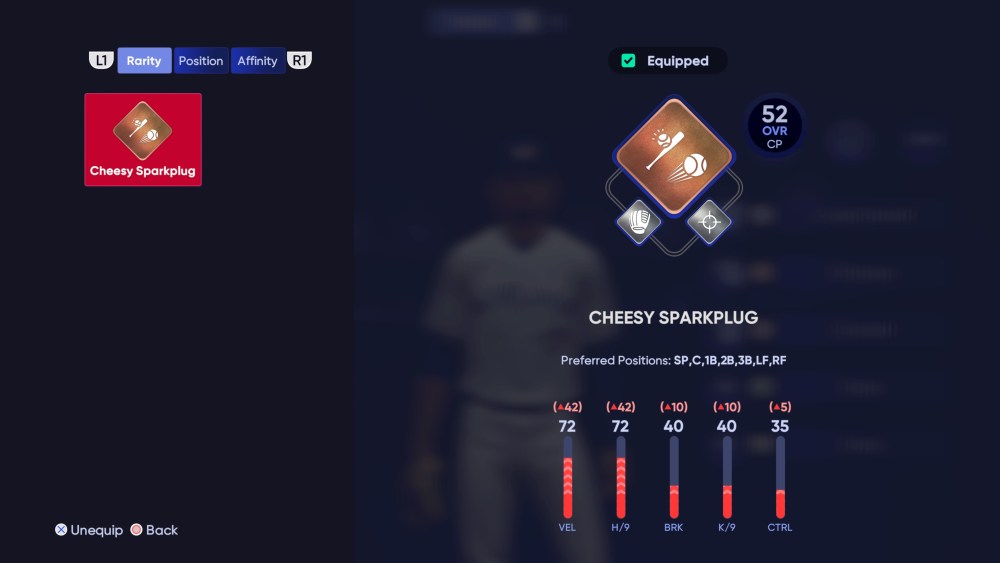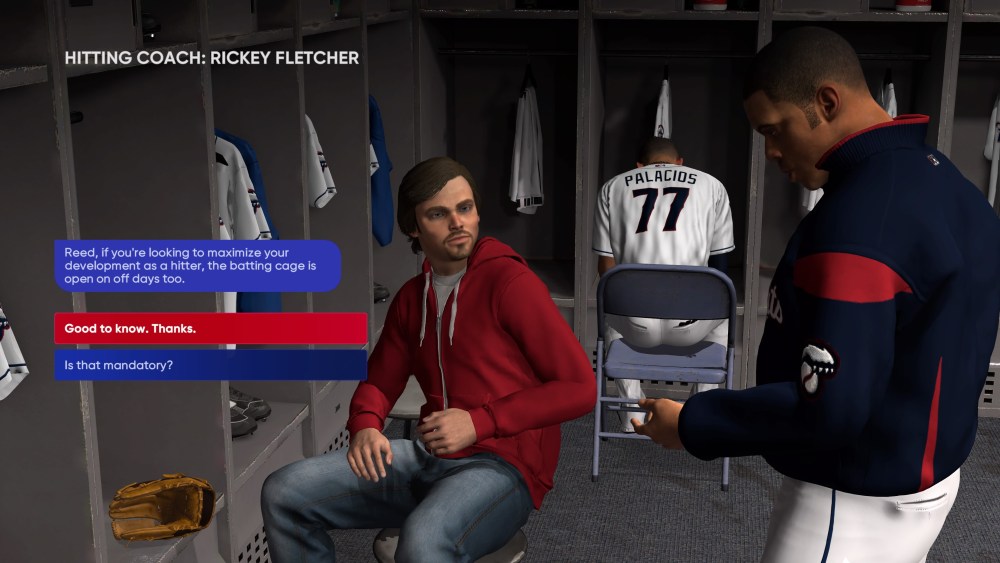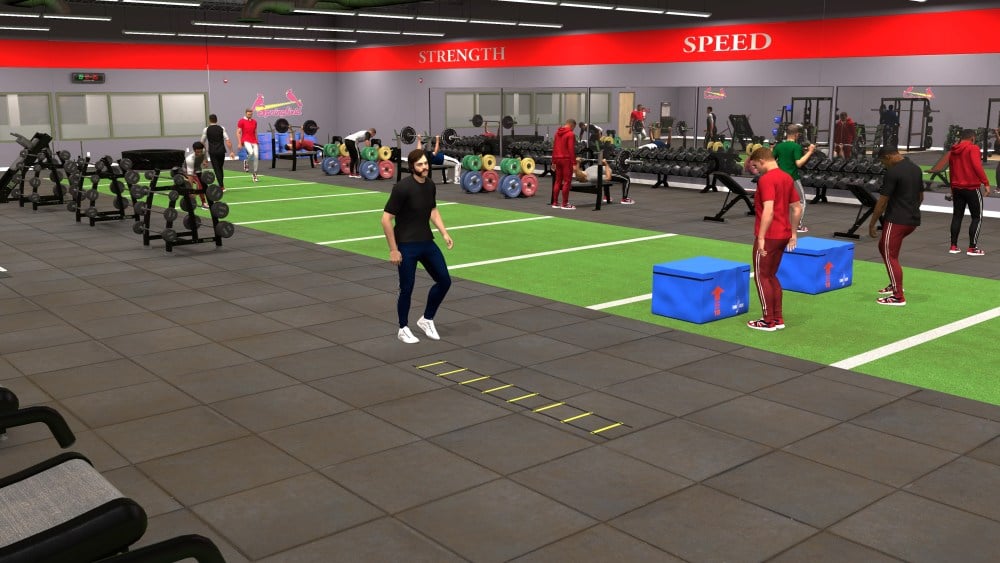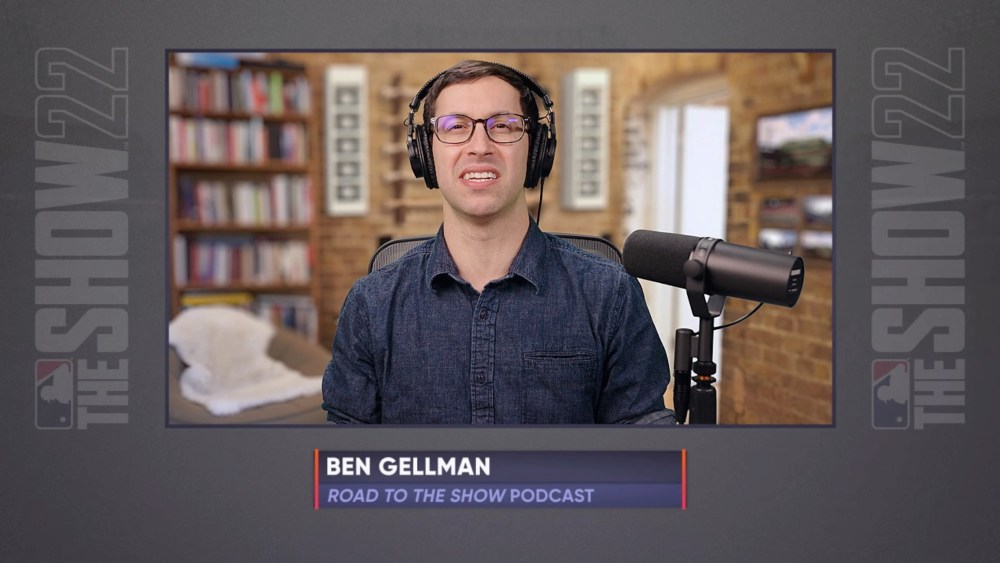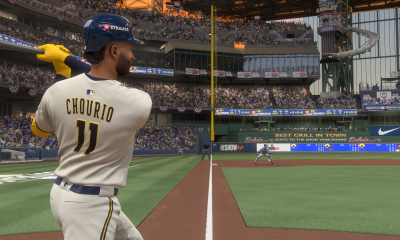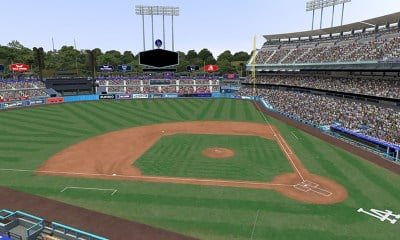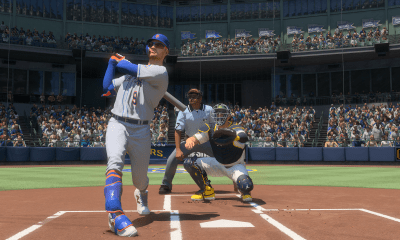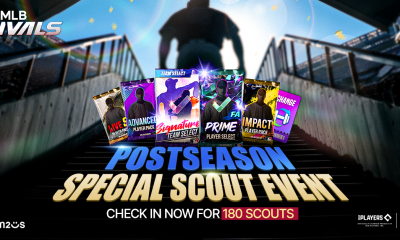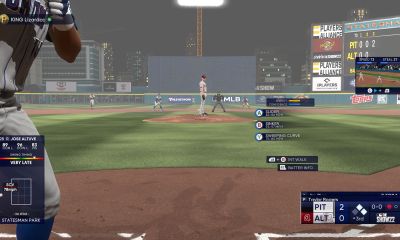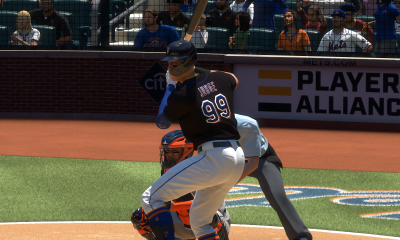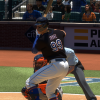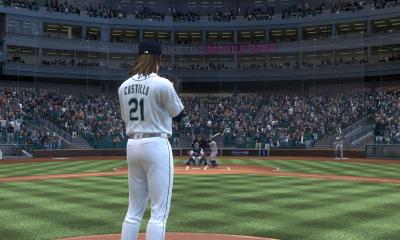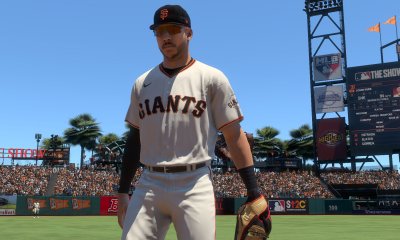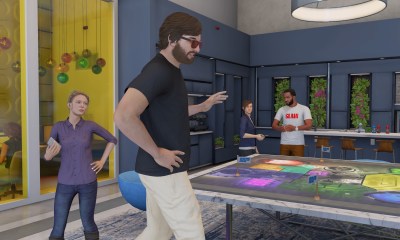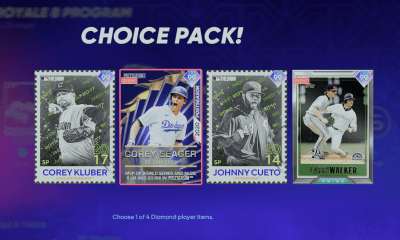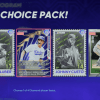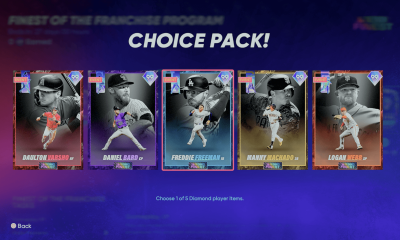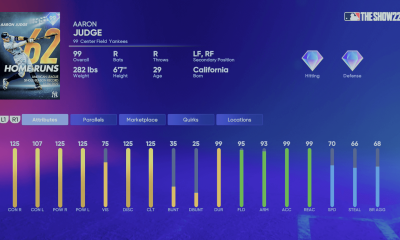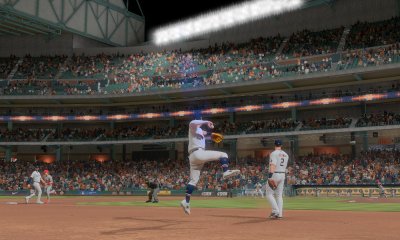MLB The Show 22
MLB The Show 22 Road to the Show Improves, but Only by Fixing Past Errors
For anyone who enjoys spending time with MLB The Show‘s Road to the Show mode, it’s likely that you were probably fairly disappointed with your experience in MLB The Show 21. The troubles started shortly after the game’s release when there were all sorts of issues with progressing the mode’s archetype programs, making it essentially useless to play any games since they weren’t going to matter towards making you player better anyway. Even if you found your way back to the mode once those issues were fixed, you were bound to be annoyed by the fact that you were limited to creating just the one player. Or if that did not bother you, you would be annoyed by the way your two-way player had to split up his skills almost like he was two different players in one anyway.
MLB The Show 22 Road To The Show Review
Just as with some other modes within MLB The Show 22, the focus this year for Road to the Show appears to be on refining the existing framework rather than trying to re-invent anything. There’s no doubt that there have been some worthwhile changes to the mode, even if some of those are as simple as giving people the opportunity to create more than just one player. On the whole, RttS is in a better place than it was a year ago because the developers have been able to identify areas that weren’t working by listening to the community and finding solutions to the more common complaints. At the same time though, it’s come at the cost of having the narrative of the mode be largely the same as it was last year, and the addition of some new video podcasts throughout do little to freshen up the mundane nature of it all.
In order to get a better idea of whether Road to the Show is worth your time this year in MLB The Show 22, let’s take it piece by piece and discuss the areas where the mode is hitting a home run and where it’s currently striking out.
What I Like
More Created Players
One of the most common gripes regarding Road to the Show in MLB The Show 21 was that you could inexplicably only use one created player throughout your time with the mode. Thankfully, developers have backtracked from this decision for MLB The Show 22 and corrected course by now allowing you to create up to 10 different players, offering plenty of room for variety when you switch back and forth between them.
Unlike last year where you started as a two-way player and could then later choose to be a solely a pitcher or a position player, you can now decide at the outset of the mode what kind of player you would like to be and start training as such immediately. It’s almost not even worth celebrating something as basic as giving people more than one player to use in RttS, but some credit is due for admitting to a misstep and taking the necessary steps for that to be rectified.
Archetypes & Progression
The system of unlocking and equipping different archetypes for your player in last year’s Road to the Show didn’t work well for a variety of reasons, beyond the fact that it quite literally didn’t work at all when the game was released. A major reason it fell short of expectations was because you could unlock so many different kinds of archetypes and perks that it could feel like building a loadout was like you were molding an entirely different entity. Though this may have been their way of giving people different kinds of players to use since you were confined to only the one after all, it wasn’t exactly the level of realism you’ve come to expect from a simulation like MLB The Show.
Whether you’re on the mound or in the field, at the start you will select what you would like your specialty to be as a player (think control or velocity for a pitcher and contact or power for a hitter). You can then unlock different perks and upgrades for your archetype by completing objectives like logging strikeouts or innings pitched for a pitcher and at-bats and hits for a position player. By gradually having you become a better version of the the same type of player, the archetypes and their progression at least make a little more sense, and the perks that you add to a loadout to supplement your archetype make it feel as if you can boost certain areas of your game without transforming into an entirely different player.
Two-Way Players
The split personalities of your one player in last year’s game were never more pronounced than when you pulled an Ohtani and shifted from the field to the mound (or vice versa), as you somehow were forced to sacrifice all of your skills at the plate when you equipped a pitcher-friendly loadout. This has now been improved by giving you the chance to pick both a type of player you are on the mound and one that you are at the plate when you first create a two-way player.
By combining these two archetypes together, you can then essentially progress both of them at the same time as you log appearances at the plate and on the mound. While that dual archetype maintains your core abilities no matter where you happen to be playing on any given day, you can also use a combination of whatever hitting or pitching perks you would like to augment any components of your game that you feel need attention.
What I Don’t Like
Switching Players Is Confusing
While it’s without question a positive that you can now have up to 10 created players on the go at any given time, it would be nice if it were perhaps a little bit easier to toggle between these players. After navigating through all of the different menus and yet still left without any answers, I’m not ashamed to admit that I eventually had to look online and found there were quite a few other people left stranded in the same boat. As it turns out, you have to go to your universal profile from the main menu, select which of your players you would like to use from the “manage” option, and then be careful to load the correct save file from the list.
If you happen to load the wrong file, you’re likely to find yourself bumping up against a frustrating error message when the game interprets that as you trying to insert one of your players into another of your player’s careers. Would it be so hard to just have you choose which player you want to make active each time you enter into Road to the Show?
The Storyline
If you played RttS in MLB The Show 21, the various prompts and hollow dialogue exchanges trying to pass for a narrative in MLB The Show 22 are going to seem awfully familiar. To put an even finer point on it, almost all of them are exactly the same as they were last year. From the initial phone call alerting you to which team has selected you in the draft (sadly, there are no showcase games to determine your draft placement) to the exchanges with your agent that are as infrequent as they are hollow, it’s pretty much the Groundhog Day of career modes.
It only takes a sampling of any of the MyCareer modes in NBA 2K games in the last decade to get a sense of the kind of drama that’s lacking here from how your career unfolds. Road to the Show contains but the smallest attempt at portraying interpersonal dynamics in how you can chart your relationships with teammates, but this is only materially affected by your play on the field or in training.
Who wants to really be friends with people who only care about how you’re doing while at work with them? MLB The Show may not have the amount of resources to produce the quality or volume of cutscenes to match those in the NBA 2K series, but they should still be able to dream up some conflict and memorable characters as you make your slow rise from scrub to the Hall of Fame. It’s not hard to imagine the mode morphing into something of a classic baseball movie, populated with figures like greedy owners, eccentric coaches, loyal friends, wise has-beens, and jealous draft busts who will never develop into the superstar that you will. It doesn’t need to be Major League or anything — we would even settle for a Summer Catch or a For Love of The Game at this point.
Training
The way that the off-day training functions in Road to the Show comes across as if it’s still a work in progress that was intended to be completed at a later date but has long been neglected now. How else to explain the fact that some training activities like pitch recognition will require you to perform well in mini-games while others can have you improving skills with just the push of a button? In order to have you feeling the sense of accomplishment that typically accompanies a good training session, it would be reasonable to expect that each and every activity should force you to complete some sort of small mini-game or perhaps a scrimmage scenario with teammates.
Rewards
Though RttS should obviously be accessible to people regardless of what difficulty level they happen to prefer, MLB The Show 22 may want to consider factoring in the game’s difficulty level when assessing postgame rewards. With the same amount of coveted XP doled out based on your performance regardless of your difficulty, there are those out there now seeking to farm XP by breaking home run and/or strikeout records while logging their games on lower difficulty settings. There should be more than simply a sense of accomplishment on the line for anyone who does decide to risk it against higher difficulties, and a better return on investment reflected when you’re able to still deliver while taking on that superior competition.
Bottom Line
It’s clear that the focus this year with Road to the Show was less on innovation and more on tuning aspects of the mode that were implemented last year and, in this regard, there are reasons to view it as something of a success. Even something as elementary as the ability to create 10 players instead of the one you were stuck with throughout your time with MLB The Show 21 has to be considered a step forward. There have also been some meaningful tweaks to the way archetypes work that cause created players to be more realistic than they were previously when you could seemingly become a whole new player with every loadout. This extends to a two-way phenomenon like Shohei Ohtani in the way that you’re now able to showcase your entire set of skills in a single game rather than being confined to putting your abilities on display one at time depending on your position at the time.
But the more things change, the more they stay the same. The storyline within Road to the Show, as much as it can even be called that, has been carried over from last year’s game almost entirely unchanged. Unfortunately, the dialogue exchanges with coaches and your agent that comprise the entirety of what passes for a narrative are still tedious and leave you wanting for more depth to your journey from the bottom to the top. The training opportunities that come your way are a handful of mini-games short of being a completed feature, as some will continue to have you doing nothing for your ability upgrades. Since you’ll receive the same amount of rewards for playing on the easiest difficulty level as the hardest, there’s sadly no incentive as there should be to making your climb to the majors as hard as possible with some kind of tiered reward system.


